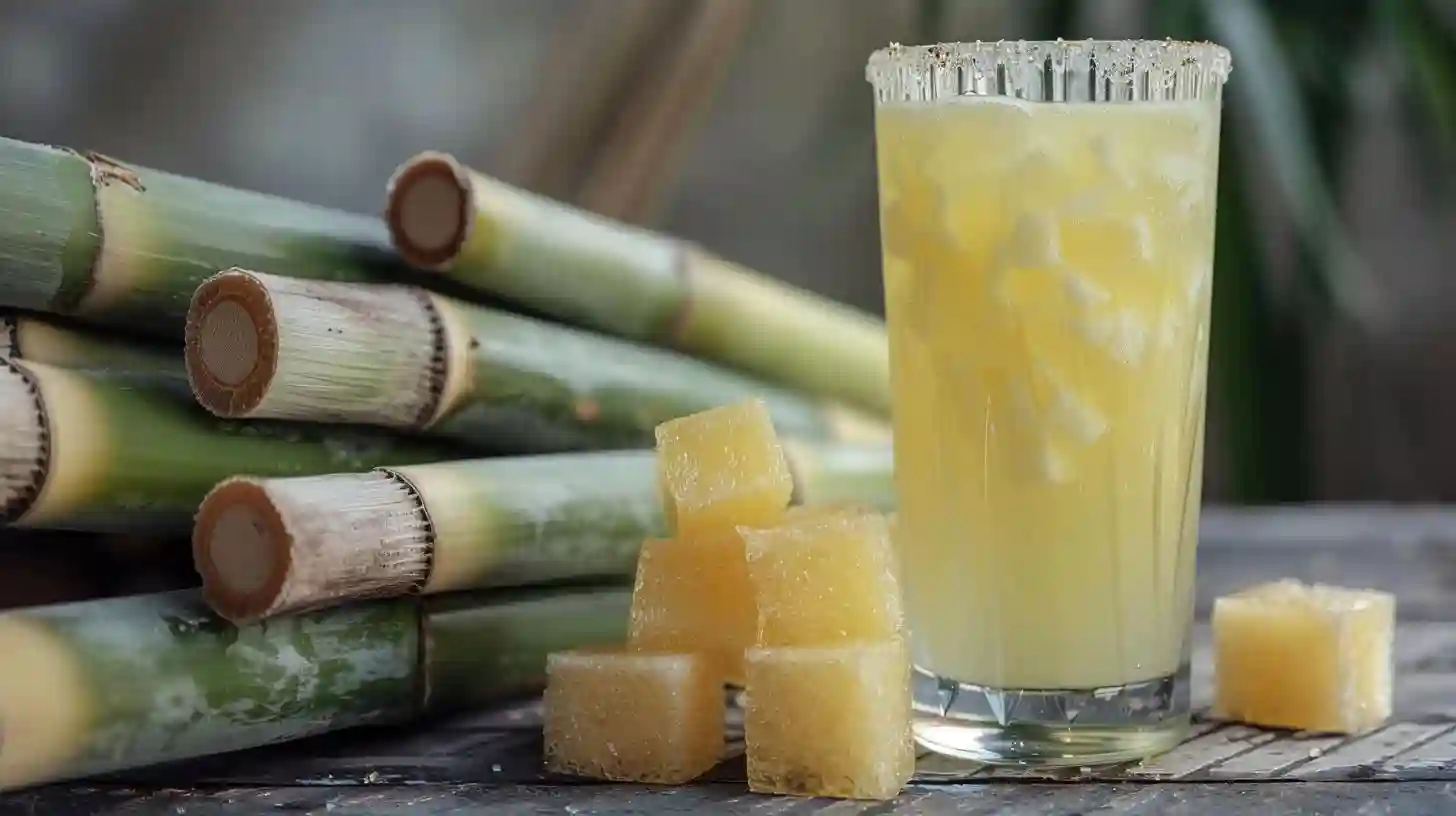
Sugarcane is a tall perennial grass belonging to the genus Saccharum. It is widely grown in tropical and subtropical regions for its sweet juice, which is used as a sweetener in various culinary dishes. Sugarcane is considered one of the oldest cultivated crops in the world, with archaeological evidence suggesting that it has been cultivated for over 10,000 years.
One of the easiest and most popular ways to enjoy sugarcane is by chewing the raw stalk. To eat sugarcane, start by peeling the tough outer layer to expose the juicy, fibrous inner pulp. Then simply bite off the stem and chew it to extract the sweet juice. The fibrous residue can be spat out or swallowed, depending on personal preference.
Another popular way to enjoy sugarcane is to extract the juice from it and make sugarcane juice. To make sugarcane juice, start by cutting the sugarcane into small pieces and then running them through a juicer or sugarcane press to extract the juice. The juice can be consumed as is or mixed with other ingredients such as ginger, lemon or mint to enhance its flavor. Sugarcane juice is a refreshing and nutritious drink rich in vitamins, minerals and antioxidants.
Sugarcane is also the main source of sugar production. To make sugar from sugarcane, the stalks are crushed to extract the juice, which is then boiled to evaporate the water and concentrate the sugar. The resulting syrup is further processed to separate the sugar crystals from the molasses, resulting in raw sugar. Raw sugar is then refined and processed to produce white sugar, which is the most commonly used form of sugar in cooking and baking.
Besides culinary uses, sugarcane has other uses. The fibrous residue left after the juice is extracted, known as bagasse, is used as a renewable source of biofuel and feedstock for paper and pulp production. Sugarcane is also used in the production of rum, a distilled alcoholic beverage popular in the Caribbean and Latin America.
From a nutritional point of view, sugarcane is a good source of energy and essential nutrients. It is rich in carbohydrates, especially sucrose, which provides a quick source of energy. Sugarcane also contains vitamins A, B and C, as well as minerals such as calcium, iron and magnesium. However, it is important to consume sugarcane in moderation as excessive sugar consumption can lead to health problems such as obesity, diabetes and tooth decay.
Sugarcane is a versatile and valuable crop that has been grown and consumed for centuries. Whether you consume it raw, juice or sugar, sugarcane has a sweet and refreshing taste that is loved by people all over the world. So, the next time you come across a sugarcane stalk, don't hesitate to take a bite and enjoy the natural sweetness of this ancient and beloved plant.